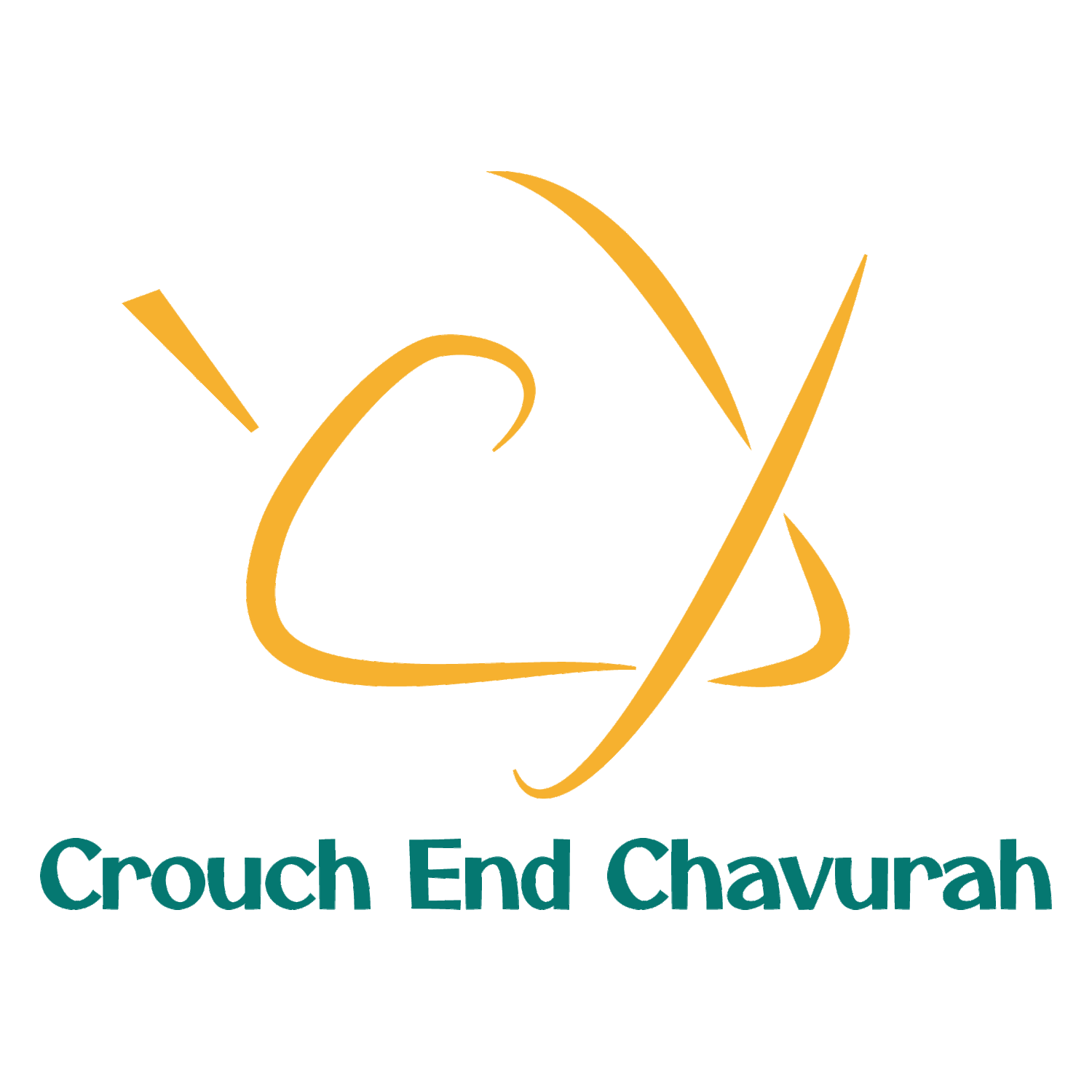Hidden Roots by Rabbi Sandra Kviat
“Can you hear it?
This is the place where the road ends, where the path bends from concrete and car screams and lights - into leaves crunched in kicks and warm forest nights.
Can you feel it? The sunlight that strikes in bright golden glows a light you so often have no time to know until you stumble on places like this - where you can rediscover the things that you miss…
-so lay back spin tight and stay for a while till the trees and the leaves and the beauty of the woods make you dizzy again - cuz this is the path where our thoughts bend - where trees come to life again…cuz this is a place where the woods now begin”.
Beautiful words from the poem Hidden Woods by Hollie McNish.
What is your favourite tree? I love a silver birch, with its white exquisite bark, and abundance of small leaves that rustle in the wind. There’s something about craning your neck to look up at a big old oak, stretching high into the sky, with its mighty crown in green or reds.
Jewish tradition is full of trees; there’s the tree of knowledge of good and bad, there’s the Tree of Life which if we just hold on to it, we are promised a life of pleasantness. We have to protect fruit trees even during a siege, and we are not supposed to pick fruits from a tree that is less than three years old. It even says in a midrash that ‘a [hu]man is a tree of the field’ (Midrash Sifrei Piska 203).
Trees are deeply loved symbols in Jewish thought but I’m not sure the symbolism is quite right. The thing about healthy trees is that they are not loners, when living without too much interference they live and grow in a community network. They support each other and even speak to each other, through a symbiotic fungi network, a bit like natural fibre optics, or as the forester and author Peter Wohlleben says, they use the ‘wood wide web’. They live connected to each other. Like Wohlleben, this should make us ask;
“But why are trees such social beings? Why do they share food with their own species and sometimes even go so far as to nourish their competitors? The reasons are the same as for human communities: there are advantages to working together. A tree is not a forest. On its own, a tree cannot establish a consistent local climate. It is at the mercy of wind and weather. But together, many trees create an ecosystem that moderates extremes of heat and cold, stores a great deal of water, and generates a great deal of humidity. And in this protected environment, trees can live to be very old.”
Woodland trees in lightly managed forests are all connected. They might only be a few hundred years old, but the fungi network they are part of can be thousands of years old. They feel each other's pain, or sickness, they send warnings to each other of approaching pests, of draughts, and they support and send nourishment to trees who are struggling. They are so much more than the sum of their parts. The idea of a mycelium network connecting trees through their roots, linking them into a vast grouping is a very compelling image of what it means to be a community.
To read the rest of this piece by Rabbi Sandra, click here.

